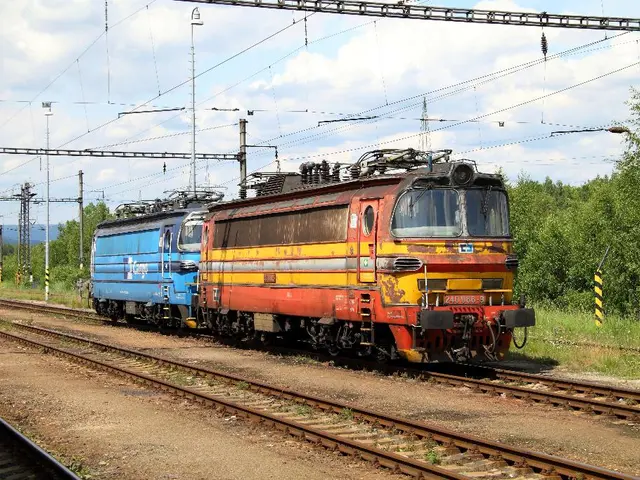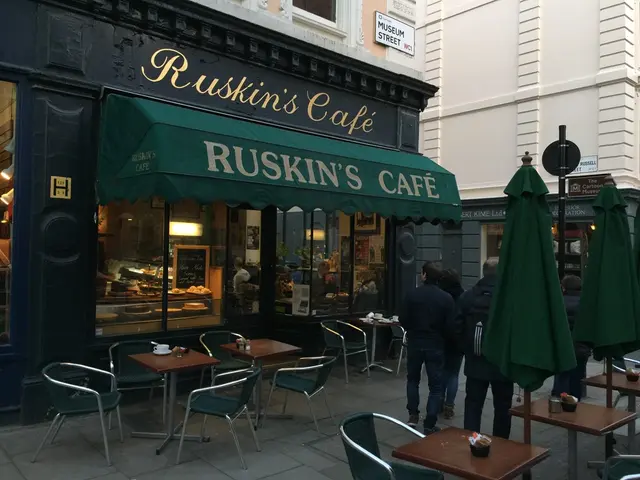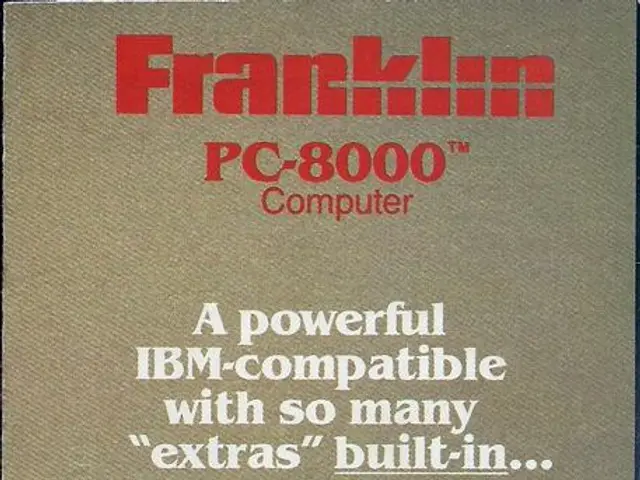Operating at the Lowest Efficient Threshold: An Explanation of Its Functionality
Achieving Efficiency Scale: Navigating the Minimum Efficient Scale (MES)
The Minimum Efficient Scale (MES) is a crucial concept in economics that defines the smallest scale at which a company can produce output at the minimum average long-run cost. This scale plays a significant role in business decisions, competition, and entry barriers.
Business Decisions
For companies, understanding the MES is essential when planning production capacity and investment. Operating at MES allows firms to exploit economies of scale and lower average costs, making them more competitive. On the other hand, operating below MES may result in higher costs and lower competitiveness, which can discourage entry or expansion decisions.
Competition
MES also influences market concentration. Industries with a high MES relative to market size tend to have fewer, larger firms due to the need for significant scale to be profitable. This results in a structural cost disadvantage for smaller competitors, reducing intra-industry competition. For instance, port services with large MES often have high market concentration due to the scale requirements.
Entry Barriers
MES acts as a natural entry barrier because new entrants need significant scale to be cost-competitive. If the market size is smaller than twice the MES, introducing competition may lead to inefficiencies or overcapacity, making competition impractical. However, lowering other entry barriers, such as regulatory or capital access, can increase contestability only if the market is large enough relative to MES.
Implications for Small Manufacturers
Small manufacturers can still achieve efficiency scale through efficient managerial tasks, investment in specialized technology, and equipment. By doing so, they can maintain competitiveness and profitability even in markets with high MES.
In summary, a large MES raises the minimum viable size for profitable operation, influencing strategic business expansions, limiting the number of competitors, and erecting natural entry barriers that shape market structure and competitive behavior. Public policy or regulation can sometimes alleviate MES-related constraints by pooling resources or regulating access to infrastructure to support smaller firms.
Read also:
- Unchecked Management of HP Dams Leads to Environmental Disaster: RTI Reveals
- Nordstrom taps prominent New York residents for their second advertising campaign in the city.
- Rivian is working on new technology to enhance the agility of its electric vehicles (EVs)
- Renault Triber Facelift Enlivens India's Multi-Purpose Vehicle Market: Overlooked 6 Notable Features that Should Have Been Included







